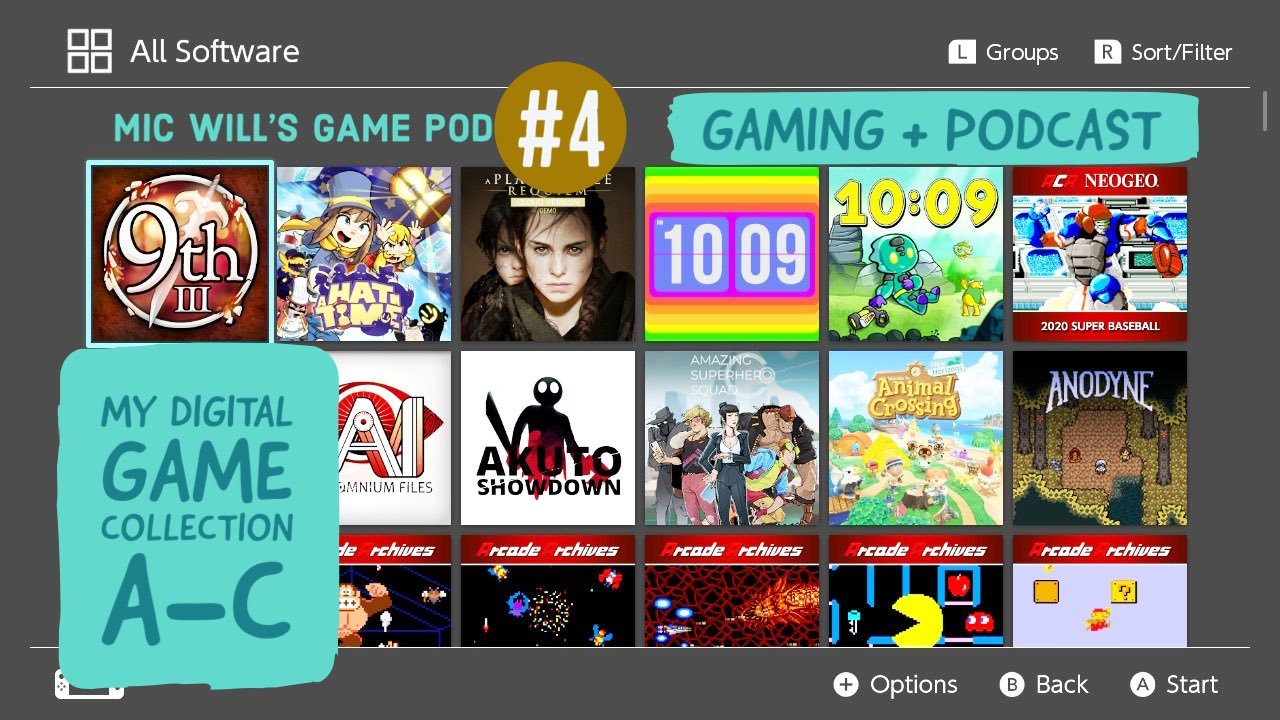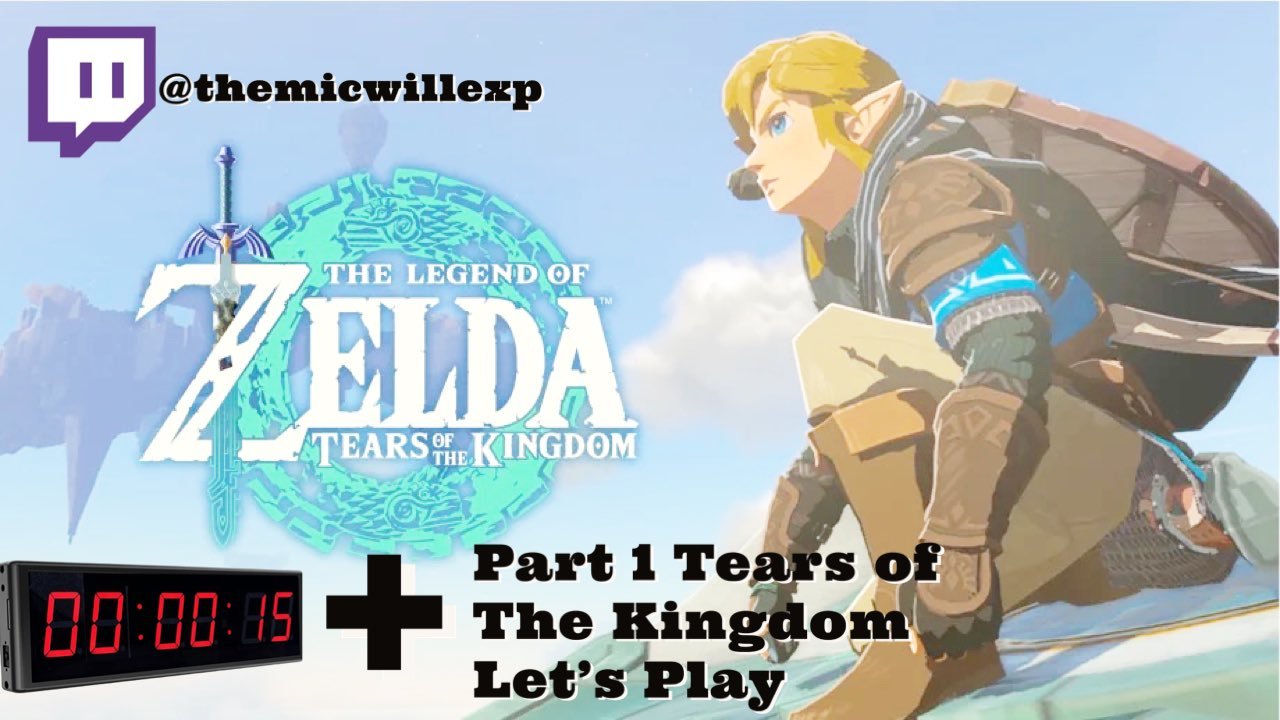Michael Williamson: How to Turn Your Passion into Profit on YouTube
/Whether you’re running a business or trying to monetize your creative pursuits, the most important thing to consider about social media is return on investment. How much value—be it in followers, brand recognition, ad revenue share, or even sales—is your chosen platform giving you in proportion to the time, effort, and money you invest?
It’s no secret that for most B2B enterprises, LinkedIn is my go-to recommendation for organic brand growth. However, depending on your goals and capabilities, YouTube can be even more effective. And, with the most reliable ad revenue-sharing model in the industry, YouTube offers the best path forward for those who want to earn revenue from the content they produce. Savvy content marketers can even earn revenue by creating informative or entertaining videos that indirectly sell products and services, turning the traditional pay-to-play advertising model on its head.
To illustrate the power and potential of YouTube, I reached out to long-time friend and collaborator Michael Williamson. Despite working full-time in the IT field, he managed to monetize his YouTube channel, The Mic Will Experiment, in under two years. Read on to learn how he achieved this and how you can do the same.
Getting Started with YouTube
Elevator pitch: what is your channel about and what kind of subscribers do you have?
My channel is about Nintendo video games. We have a wide demographic of subscribers, with most of them between the ages of 13 and 55. However, some are even in the 55 to 64 range. The channel is still relatively young, but we accomplished an impressive feat that few achieve: monetization with minimal investment.
What inspired you to start your channel?
I was inspired by watching YouTube and realizing that I had things to say and share with other gamers. Also, there is part of me that would love it if my channel could support my family and make me more financially independent. I have also been training as a vocal imitator for most of my life, and this is a way to utilize that productively. I’m a self-taught amateur, though [laughs].
What are some of your top tips for launching a YouTube channel?
One interesting thing is that I started out with a thrifting channel. My channel has evolved from the original business plan I created back in 2017. I spent over two years planning, which I actually don’t recommend. During the planning process, I created logos and banners, brainstormed content, and even wrote scripts. However, you can do all of that while posting videos. So, I recommend jumping in and figuring it out as you go. That way, you can start building your fanbase, especially considering the modern culture around YouTube Shorts, which are highly leverageable for marketing and subscriber growth. Shorts are very easy for new YouTubers to create. Sometimes, your success dictates your momentum and direction, and this is why planning can be a little useless in the beginning. You need to have statistics to drive your decisions, even when you have less than 50 subscribers.
The Path to YouTube Channel Growth and Monetization
Can you describe your path to monetization? How long did it take and how much did you have to invest in your channel?
Our path to monetization is quite a tale indeed. As of June 2023, we have over 1,300 videos and nearly 2,000 subscribers.
My biggest tip for anyone trying to build a fanbase is this: you need to get ready to work. For a long time, on average, we were only gaining one new subscriber per video. Things are much better now, mostly thanks to YouTube Shorts.
Your mileage will vary, depending on the goal of your content. If you spend hours upon hours crafting a video, YouTube will generally reward that with views, especially if you create a full, chapter-sorted description that will act as a table of contents for the algorithm and user. In that case, you will probably earn much more than one subscriber per video. While it took me 1,000 videos to earn 1,000 subscriptions, a high-effort producer might be able to do it in 20 to 30 videos. Either way, you will have to work hard. You just have to choose the route that works with your schedule, life, and goals.
What really made our channel take off was our countdown-timer videos. Typically, if you can bring something new and fresh that has been done very little or not at all, you will be rewarded. These videos would count down to the launches of new games, acting as a forum for viewers to chat and share their anticipation. This concept was created by The Small Moments, who has been volunteering for the channel and is responsible for our best-performing video, which earned 30,000 views. This was directly responsible for our monetization by pushing the channel past YouTube’s 4,000-hour watch time threshold. The Small Moments is a blessing that many You Tubers will never have, but that doesn’t change the fact that engaging your audience is a must.
It took a little over two years for us to monetize. Hours to dollars, this might not seem worth it. But if you’re like me and love the idea of eventually doing what you love for a little pay here and there, it’s great. And, of course, there’s potential for sponsorship and more as you grow.
I started with a good smartphone, ring light, and tripods. I probably spent under $1,000 over the past two years. Most of the games I covered were provided to us by a company called Keymailer—highly recommended for YouTubers starting up in the gaming space. They provided me with review copies before I even had 1,000 subscribers. Keymailer doesn’t always have the latest games, but it is a way to start building relationships with wonderful independent game developers who are great to interact with.
Hardships and Tools of the Trade
What hardships have you faced while growing your channel?
Hardships include burn out and stress related to video view counts. Watching the ebb and flow of viewership can really hurt. Fortunately, people like The Small Moments and members of my Discord community motivate me to keep producing videos. Also, encouraging words from friends, my spouse, and fans really keep me afloat.
What tools, software, or other resources are essential for a successful YouTube channel?
Use open-source tools. Spend as little as possible and keep app subscriptions to a minimum.
If you want to stream a lot, I recommend Streamlabs Ultra. It includes custom elements and things to make yourself stand out from the pack. You can also increase monetization potential by streaming on both Twitch and YouTube at the same time. For the frugal, I recommend OBS Studio. An app for designing thumbnails, such as Adobe Express, is also a plus.
When it comes to editing software, I use a smartphone app called Videoshop. The app is improving constantly, and it works just as well as any PC equivalent. To reduce the friction of getting started, I recommend editing from your phone. In fact, I’m still doing so.
Advice for Aspiring Creators: YouTube Shorts, Niche Selection, and Passion
What advice do you have for individuals or businesses that seek to follow in your footsteps?
I will go back to what I said earlier: prepare to work. However, there are caveats, depending on your goals.
If you run a small- or medium-sized business and want to see some instant results, start making YouTube shorts today! This is a low-overhead marketing opportunity that, if approached correctly, can yield a lot of views from viral campaigns built around your product or service.
You might need to hire someone to consult on trends or content, but this can be done affordably. If you don’t have the funds for that, do your own research by observing trends and watching what others are doing. For example, many YouTube music artists can book tours, chart on Billboard, and much more, all without a record label. That’s the power of YouTube viral shorts and videos.
Your results might even be exponentially better than mine if you have a fitness- or relationship-themed channel. These are larger niches where you can really take off quickly.
As for gaming, it’s a competitive niche, and my final point is to know when to niche up or niche down. If you aren’t seeing growth in views or subscribers, consider whether your niche is too broad or too narrow. For example, instead of only talking about Pokémon games, you can niche up to all Nintendo games. You need to find your sweet spot and observe what is working for you.
Ultimately, as an individual, create content because you love it—don’t obsess over monetization. Don’t give up, and success will come. For businesses: create YouTube content because it has a relatively low overhead and low entry barriers. It just makes solid financial sense.




